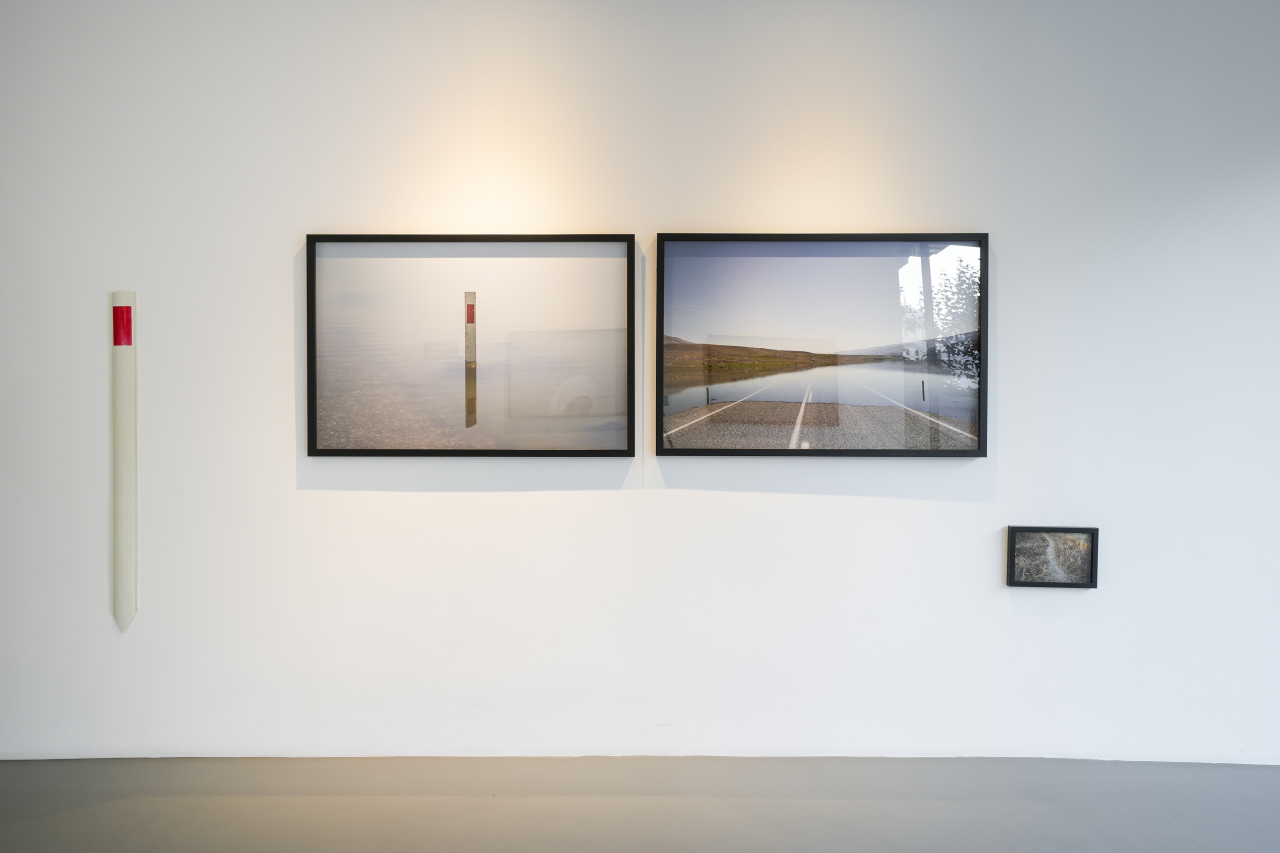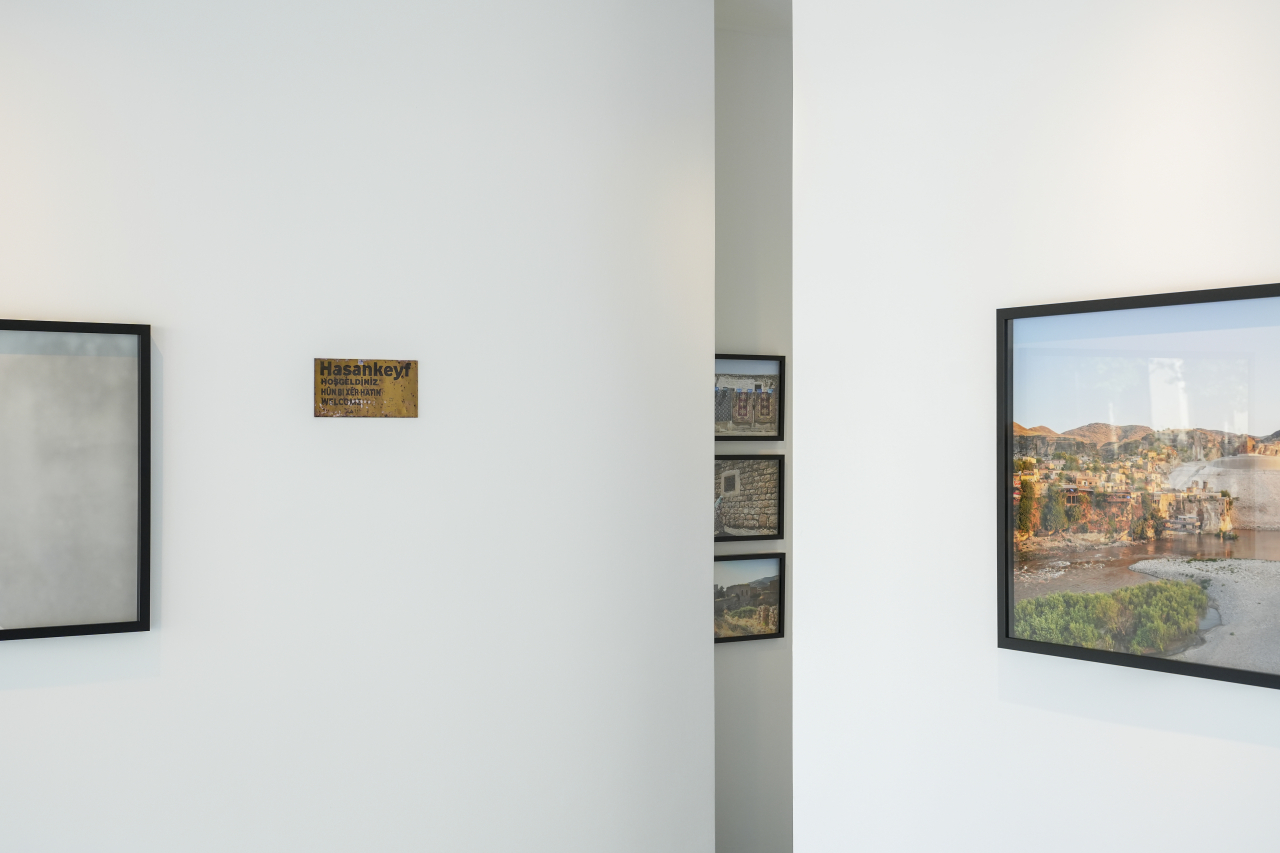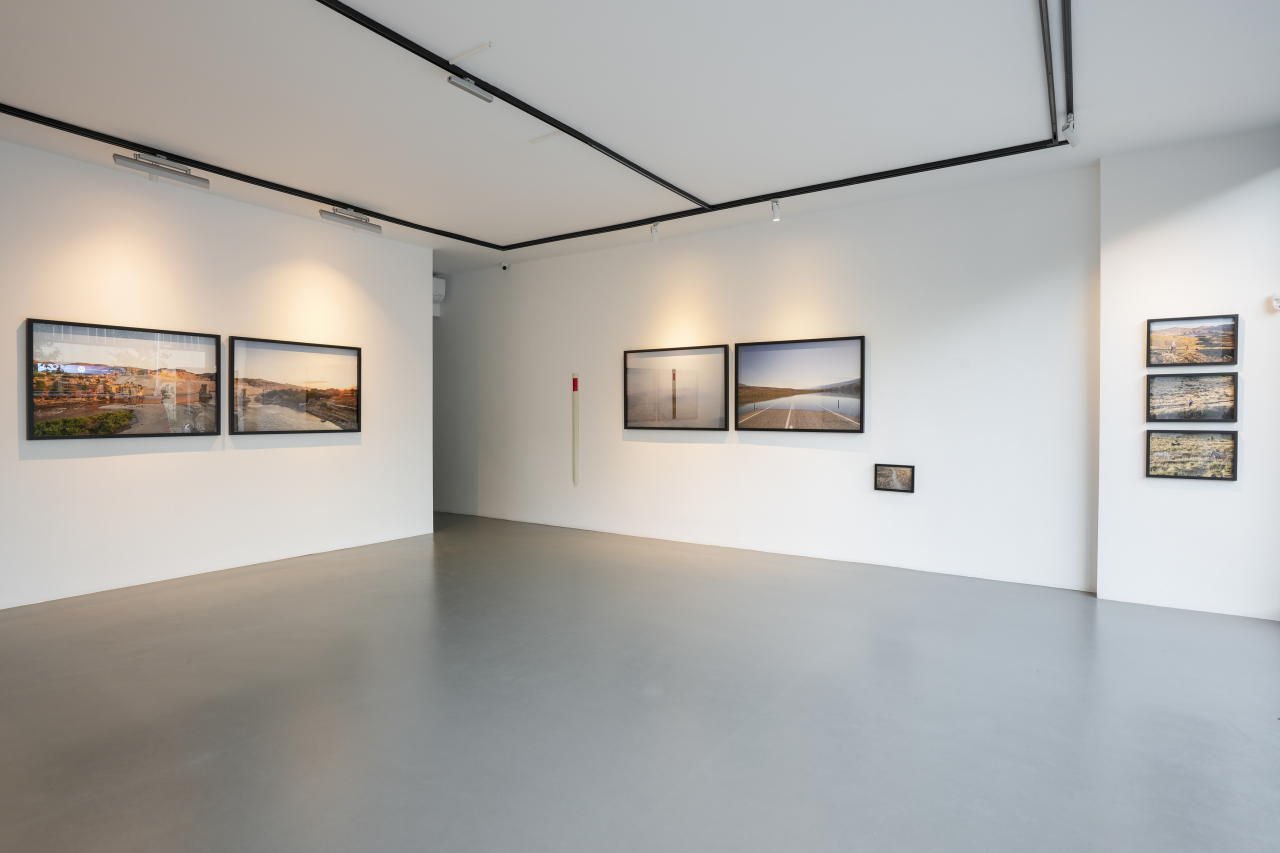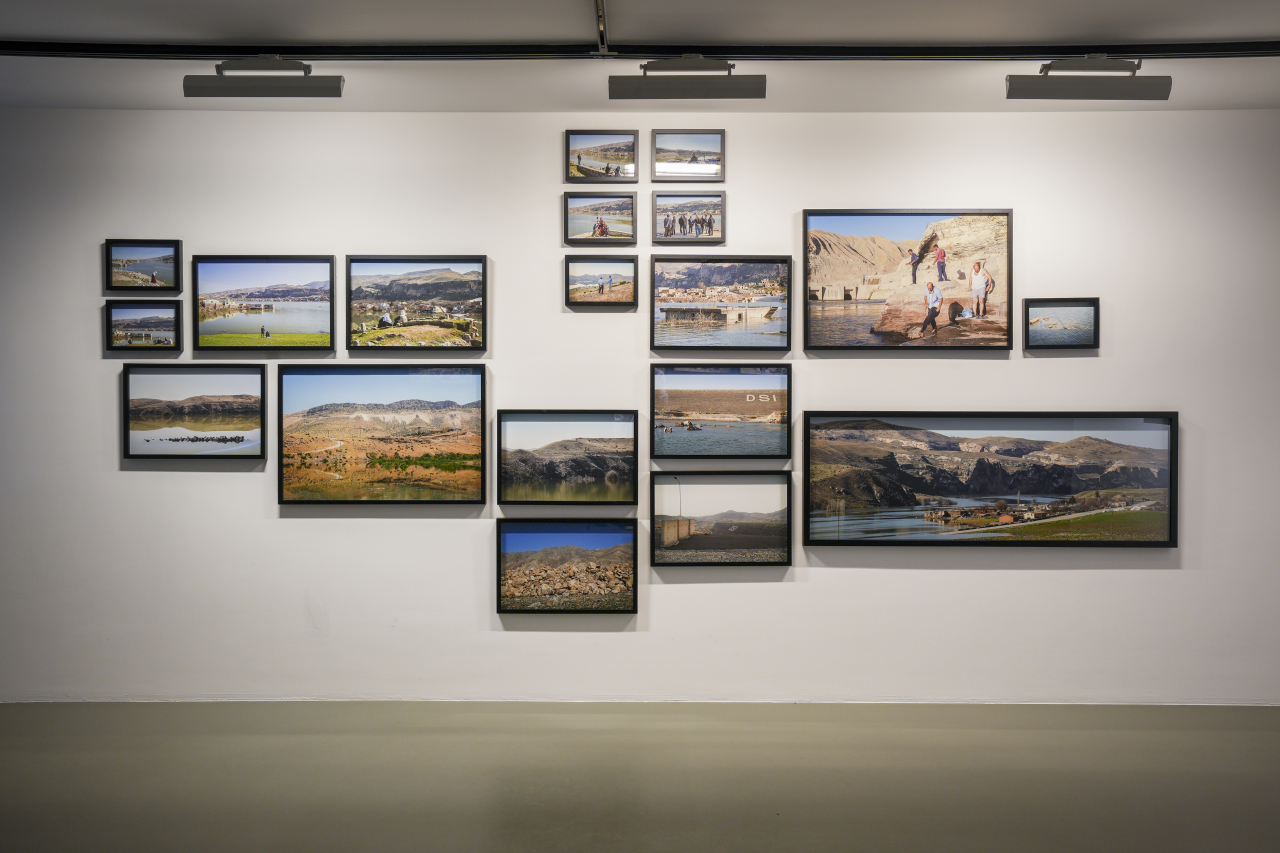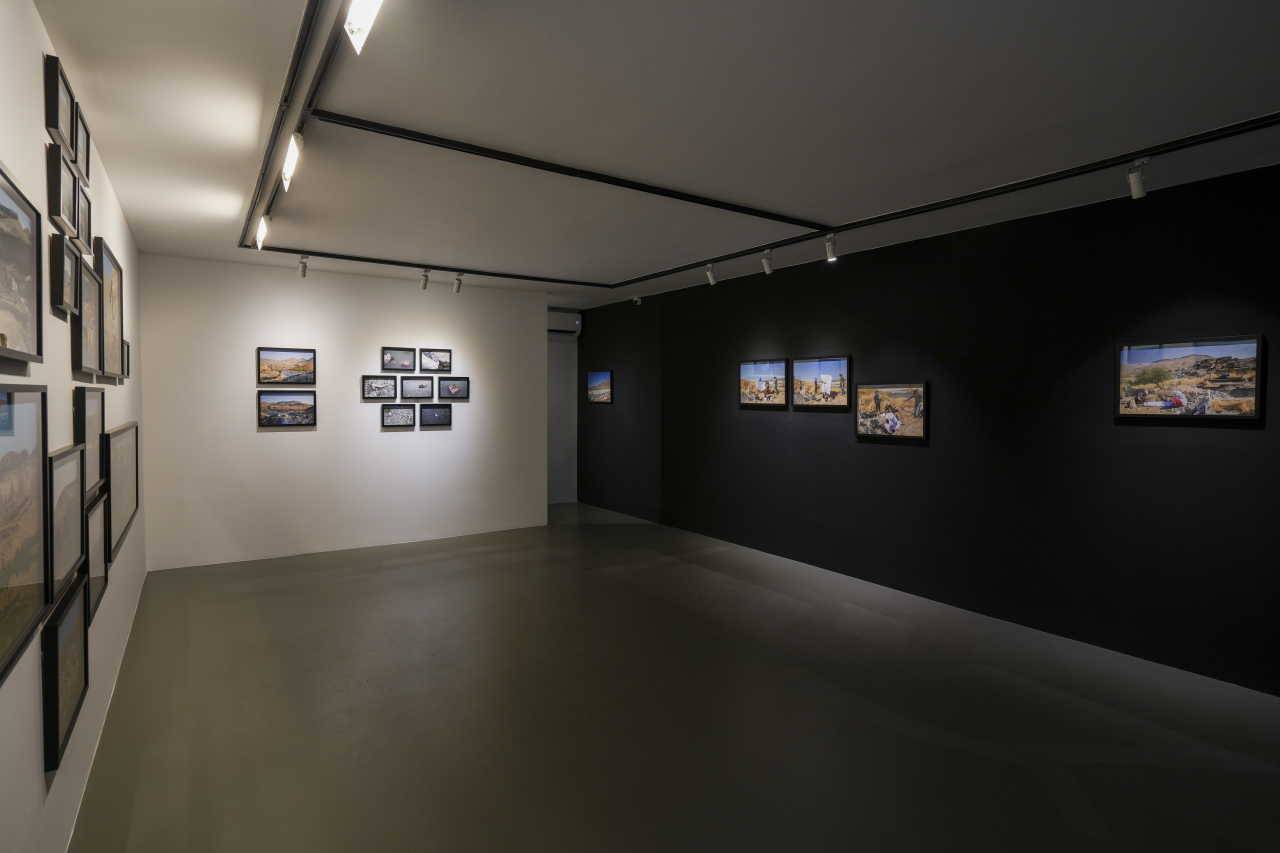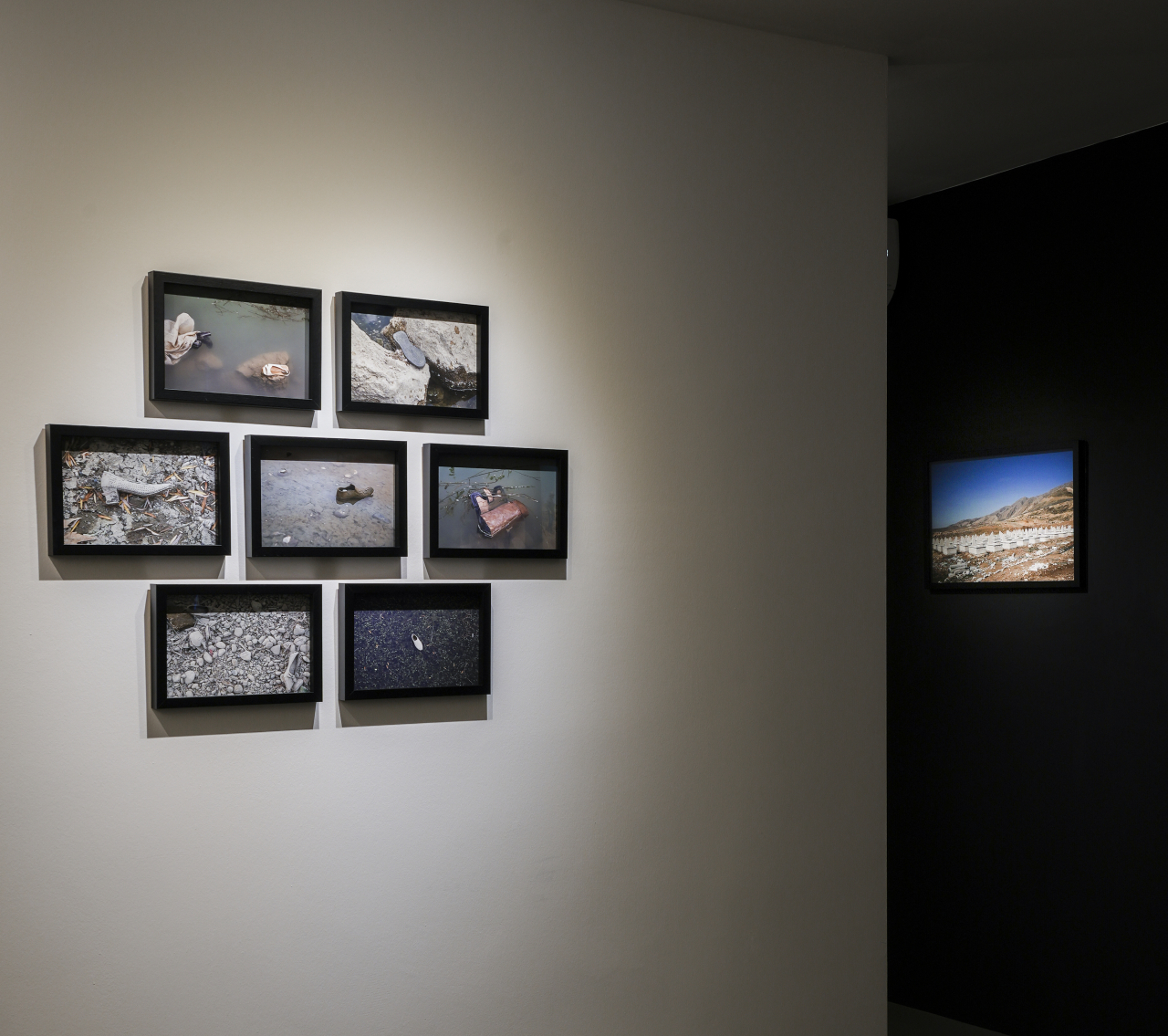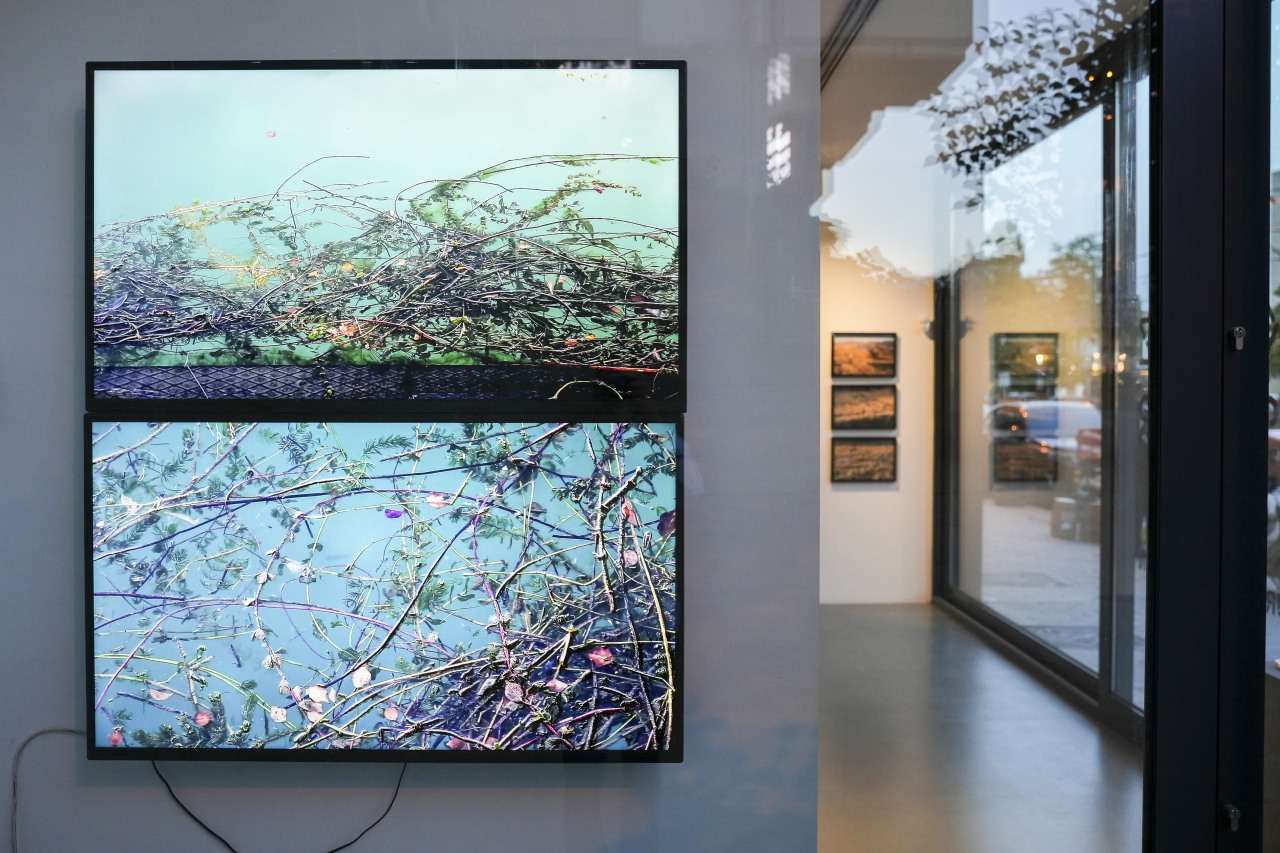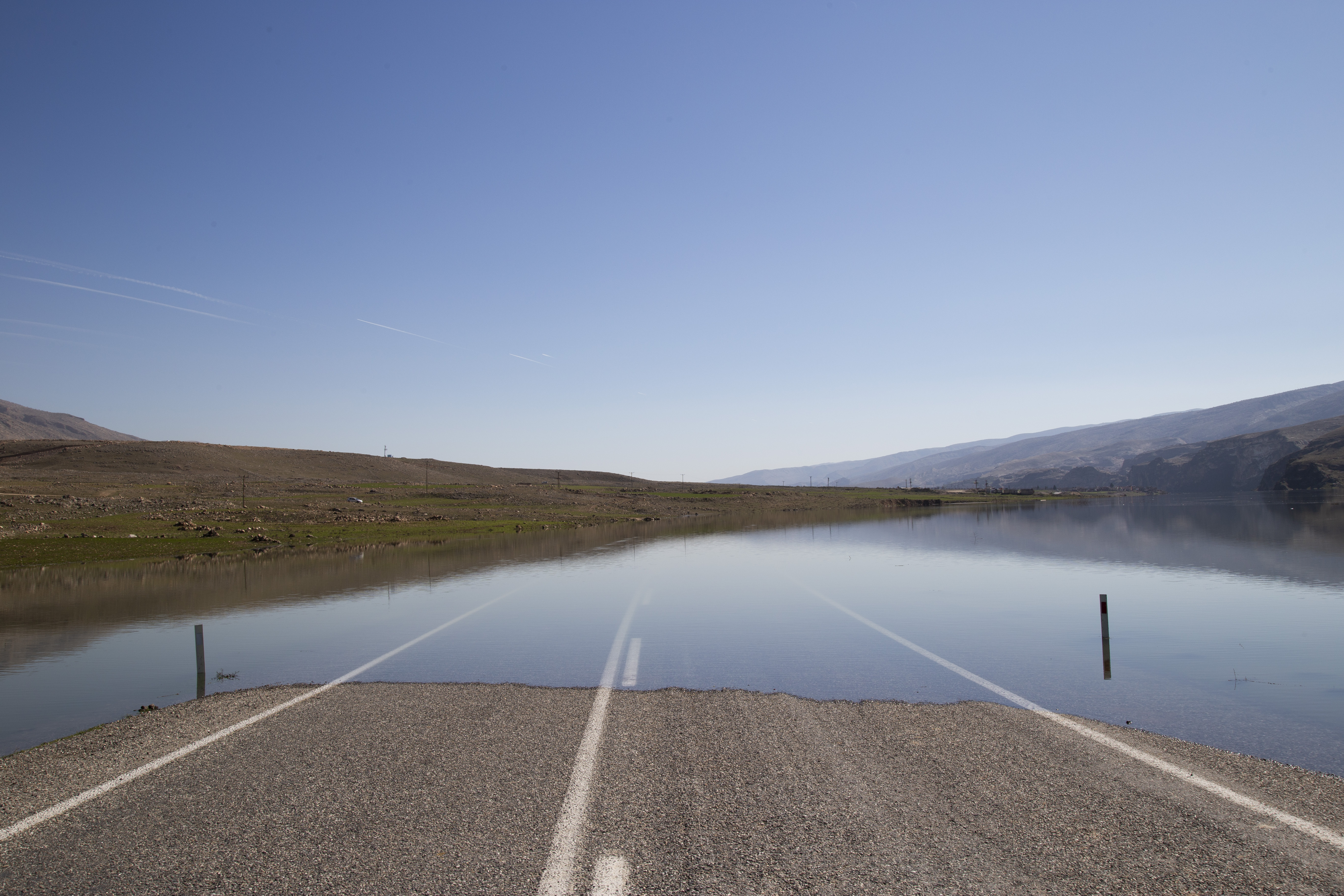
Stone Shell Silent
The view that the planet will be heading towards extinction if the production and consumption relations we live in continue in their current form has been voiced for a long time. Especially in the last two hundred years, the effective exploitation of nature has made the ecological crisis inevitable. While this process brought new problem areas to the agenda in the relationship between art and ecology, material, method, form, and content were deeply connected to the vital. Beyond the nature-human dichotomy, works focusing on holistic ecological approaches have proliferated. The Capitalocene brought the “lost subject” in ahistorical eco-destruction narratives into discussion. Understandings that put human against nature, isolate her from nature and mark her as the cause of the destruction of the commons were questioned. A linear narrative of history was replaced by cyclical and relational perspectives.
It is possible to read the series Taş Kabuk Sessiz (Stone Shell Silent), which reveals the flooding of Hasankeyf and the eco-destruction in the region, as an example of contemporary eco-art that encompasses social and cultural destruction. The Ilısu Dam, a human-centred “civilisation” project, displaced some 80 thousand people in addition to the huge history it submerged. It also brought about the destruction of the Tigris Valley, which has a very important biodiversity. The impact of the dam built on the Tigris was felt not only environmentally but also socio-culturally. The images recorded in this series document the transformations over time and the organised destruction of nature and culture. As the traces of ancient times are erased, time and space, life and death, power and opposition become entangled. The separation of life and death, which is characteristic of modern times, becomes intertwined again with this destruction. The familiar way of life is turned inside out. Destruction affects those who lost their lives as much as those who lived. The dead bodies integrated with nature are (re)exposed to a colonialist practice. As the historical traces of communal life are erased, a hegemonic process of cultural construction takes place. This is a story that is not alien to “us”, it is of our that the story is told.


























